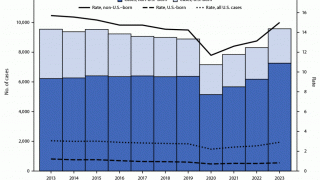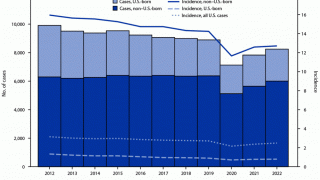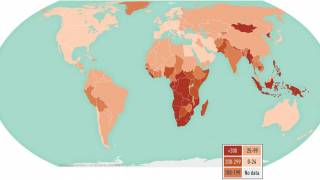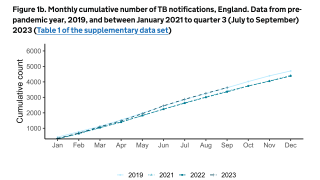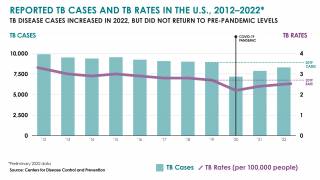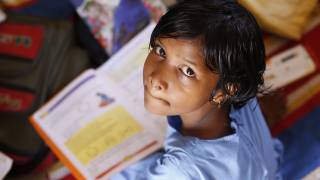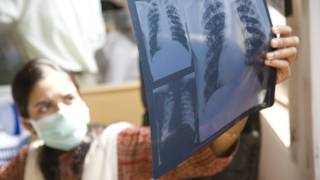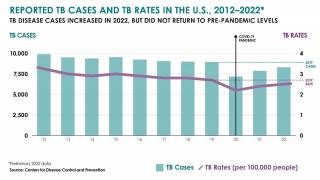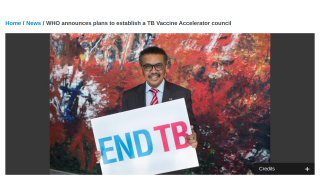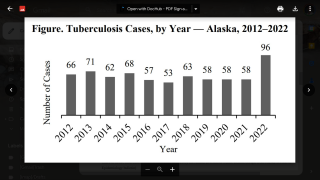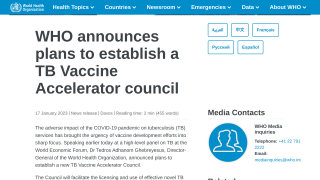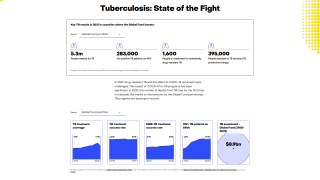Can Children Access Tuberculosis Vaccines

A recent study published by The Lancet Children & Adolescent Health revealed about 10% of children in High-Burden Tuberculosis (TB) settings may develop the disease by age ten.
Published on November 5, 2024, this study also indicates that children who live in settings with a high burden of TB have a consistent annual risk of developing TB, a severe lung infection caused by bacteria.
Despite being both preventable and curable, TB remains one of the world's leading infectious disease killers. TB outbreaks cause an estimated 1.2 million children to be infected, and 200,000 children die from TB worldwide each year.
This study, led by the Boston University School of Public Health (BUSPH), the University of São Paulo, and the University of Cape Town, sheds new light on this substantial health risk. It is the first birth cohort study to assess TB infection and active TB disease during children's first decade of life in high-burden settings.
By eight years old, the research team estimated that children's cumulative risk of developing TB infection reached 36%.
This observational study builds upon a previous analysis, which also found high rates of TB infection and disease in children up to five years old.
"These results are striking and show that children in these communities in South Africa are at extraordinarily high risk," says study co-senior author Dr. Leonardo Martinez, assistant professor of epidemiology at BUSPH, in a press release.
"Perhaps 1,000 to 2,000 South African children are at greater risk of TB than their young counterparts in the United States. It's an urgent health problem with short- and long-term impacts on these children and their families."
As part of its Sustainable Development Goals, the World Health Organization (WHO) has pledged to reduce the incidence of TB by 80% by 2030.
As of November 2, 2024, the U.S. CDC reported 6,646 TB cases this year, led by California and New York.
The CDC reported 7,793 TB cases last year, representing an annual increase of 16% compared with 2022. For children, TB incidence in 2023 (68 cases) corresponds to a 42% increase.
In 2023, among persons for whom birth origin was known, 76% of TB cases occurred among non-U.S.–born persons, an 18% increase compared with 2022.
To help achieve its goal, the WHO recommends using the decades-old Bacillus Calmette-Guérin (BCG) vaccine in settings with a high incidence of TB. Over four billion BCG doses have been given since it was approved in 1921.
The U.S. CDC says BCG vaccination protects children from severe forms of active TB disease, such as TB meningitis and miliary TB.
However, the BCG vaccine is not included in the CDC's approved children's vaccination schedule. BCG is only considered for people who meet specific criteria and consult with a TB expert and public health officials.
For example, tuberculosis continues to be a health problem in Houston, Texas. Harris Country (Houston) reported the most TB cases (267) in Texas in 2022. The local public health department informed Precision Vaccination News on March 11, 2024, that the BCG vaccine is only available to qualified children living with an infectious adult.
In 2022, the journal MDPI published an analysis titled 'BCG Vaccine—The Road Not Taken.' These researchers wrote that the BCG vaccine has been used for many years to protect people against the most lethal infectious agent in human history, tuberculosis.
According to a chart from Wikipedia, various Central and South American countries offer universal BCG immunizations.
As of November 2024, over ten versions of the BCG vaccines are in use worldwide, and several vaccine candidates are conducting late-stage clinical trials.
Our Trust Standards: Medical Advisory Committee





